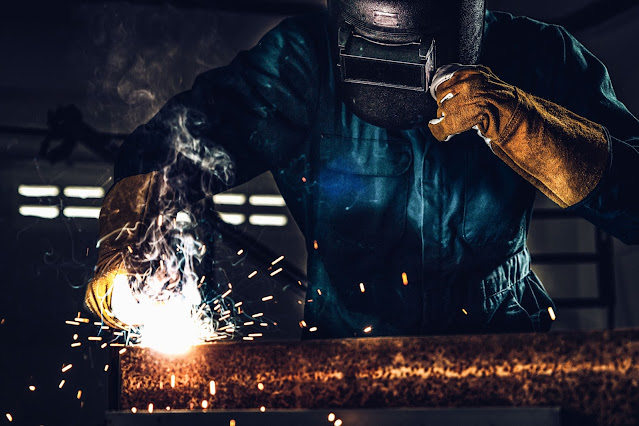Types Of Conveyor Belts And Their Applications
In industries that require assembly lines, one of the toughest decisions to make is to invest in a suitable conveyor belt. The purchase depends on a lot of factors. It should suit the needs of your company and the product that you plan to design. If you are planning to create a custom-made product, then the assembly line and conveyor belt can be customized to ensure that the production runs efficiently. The right type of belt will help you increase your profit margin, streamline the assembly line, and contribute to the growth that you cannot imagine.
Roller bed conveyor belts:
This kind of setup is right for the products that are transferred onto the belt with the help of gravity. In case you plan to do mechanical loading of products on the belt, the roller belts can pose a mechanical shock, or it may damage the roller. The size of the belt varies on the size of the product. The smallest ones can be installed with two blades, and as the size keeps increasing, so does the number of rollerblades.
High-temperature conveyor belts:
These belts are primarily used in the food industry. They can operate between temperatures from -200 degrees Celsius to +280 degrees Celsius. The high-quality bakery and confectionary shops use these belts to function well without damaging the edibles of the products and are immune to issues like fungus or melting under high temperatures. These high-temperature conveyor belts are non-toxic and do not harm even if exposed to a wet surface.
Modular conveyor belts:
The modular belts are made up of endless loops entwined together for making one belt. It is usually made up of hard plastic and does not get spoiled quickly. One of the best features of this belt is that you can change the pieces of the broken belt instead of replacing the whole belt from the assembly line. The quality of plastic is quite durable. It can be used to handle soft plastic bags, cardboard boxes, and wrapped goods. It can be used for food products or draining water off the surface of the product. The holes in between help in smooth processing as well as the packaging of the product.
Cleated belt conveyors:
Cleated belts are the ones with barriers in them. These are vertical obstructions that are made up of the same material. In case you need to incline or decline loose products on your assembly line, the cleated belts can be of big help in keeping things secure. They also provide consistent spacing between items. Since the cleats come in different shapes and sizes, they can be put to a plethora of uses. Some of these types include inverted T belts, lugs and pegs, inverted V, forward-leaning capital L and inverted V. This widely used belt has an offshoot in the name of the elevator belt as well. Designed with regularly spaced partitions or scoops, it is designed to carry loose materials up a steep incline.
Curved belts:
If you have a long assembly line or need one that goes in around along the room's space, the curved belts are your best bet. They are helpful in a lack of spaces and can transfer the material along the curve without toppling it over. These curves in the belts can go up to 180 degrees and are quite helpful as the grooves help keep the package in place. They have commonly used in baggage handling at airports. There are no straight runs in the curved belts. However, you can combine two belts for a smooth transition.



Comments
Post a Comment